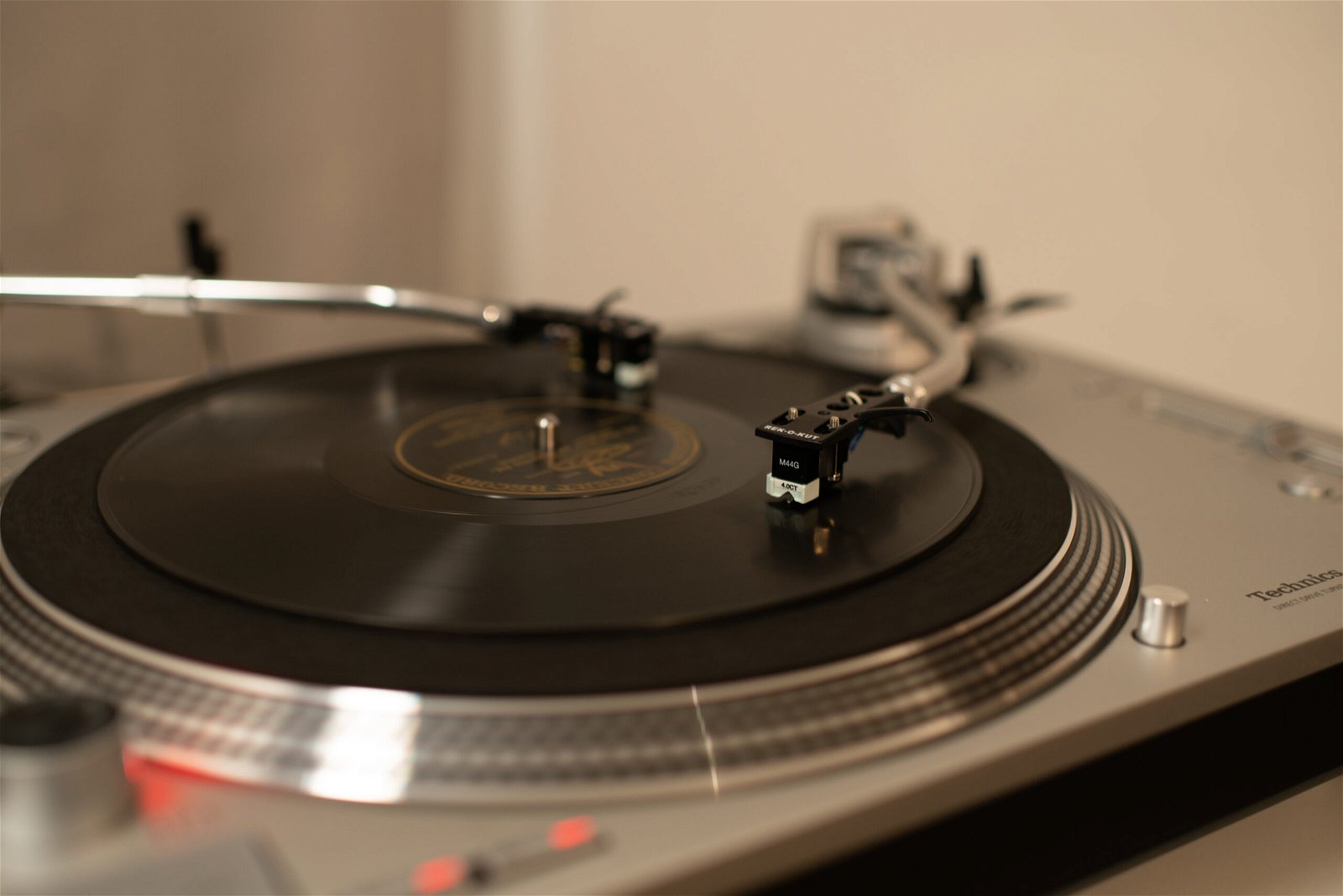
By Jesse Kenas Collins
WATERTOWN, Mass.—Over the past year, the Armenian Museum of America’s Sound Archive program has taken a giant step forward. Each month, the Museum posts a handful of songs digitized and restored from its collection of 78 rpm records on its website along with a historical writeup about the artists.
Along with more conventional musical recordings, some of the recordings touch on Armenian cultural, political and educational history, as well as the history of recording technologies. The program is sponsored by a generous grant from the SJS Charitable Trust.
The Museum hosted musicologist Ian Nagoski at its galleries to weave the story of the influential but largely forgotten soprano Zabelle Panosian, who was born in Bardizag and emigrated to Boston in 1907. Nagoski’s talk drew from his recently published book Zabelle Pansoian: I Am Servant of Your Voice, co-authored with Harout Arakelian and Harry Kezelian.
In November, the Museum welcomed world-renowned composer and musician Ara Dinkjian. Speaking to a packed house, Dinkjian discussed the early history of some of the first recordings of Armenian music through the 1940s. The presentation built on his book and CD compilation Armenians in America on 78 rpm.
“As we approach our fourth year presenting the Sound Archive at the Armenian Museum of America, we are proud to make this content available to people around the world,” says Executive Director Jason Sohigian. “For half a century now, the Museum’s collection of 78 rpm records has grown thanks to generous donors who have been entrusting us with their personal collections.”
“This music was almost lost to history at least twice in the past 100 years alone,” adds Sohigian. “First as a result of the Armenian Genocide, and then when audio technology has changed from records to other media in the 21st century. The Museum is now at the forefront of preserving and sharing these treasured archives of Armenian history and culture.”
The Sound Archive explores the Museum’s extensive collection of recordings including some that serve as more than entertainment, anchored by a series of articles about moments of cultural and political history. In one segment, listeners can eavesdrop on a party at the home of the writer Hamasdegh (Hampartzoum Gelenian) on the night of June 10, 1939. The commemorative disc opens with an introduction by none other than William Saroyan.
A second article covers an NBC San Francisco radio broadcast from June 24, 1945, highlighting the Armenian National Chorus as well as advocacy work about the Armenian Question from celebrity chef George Mardikian and attorney Souren Saroyan of the Armenian National Committee.
Most of the posts focus on the most influential Armenian artists recording during the 78 rpm era. The Museum highlights two post-war music icons, The Gomidas Band, a group at the frontier of kef style, and Guy Chookoorian, an artist and musical comic with a character and approach all his own.
Writing, research and audio digitization are undertaken by this author along with Harout Arakelian and Harry Kezelian. To explore the archive of digitized recordings and articles dating back to 2021, please visit: www.armenianmuseum.org/sound-archive.
Jesse Kenas Collins is a digitization specialist responsible for the transfer of analog recordings to digital files for the Armenian Museum of America. Collins is a museum professional and music preservationist with more than a decade of experience working in collections care, exhibitions production and audio digitization. Collins’s preservation work and research into the music of the Middle East extends into his work with the restoration of historical musical instruments.



Be the first to comment